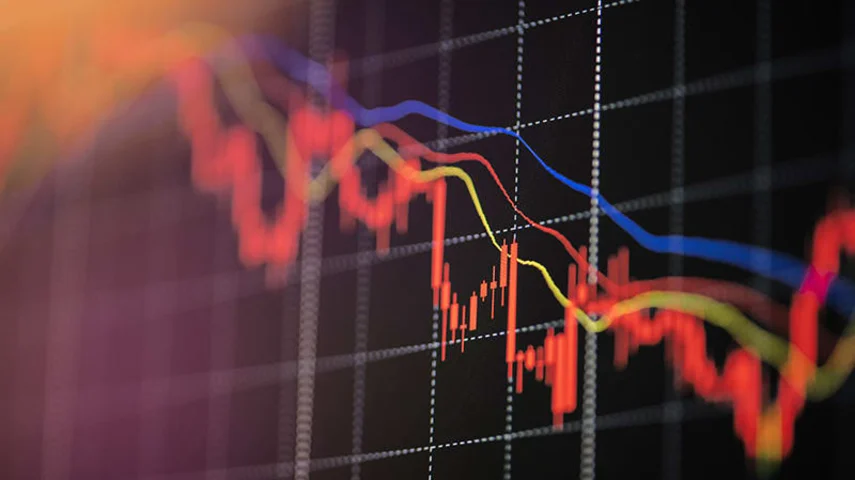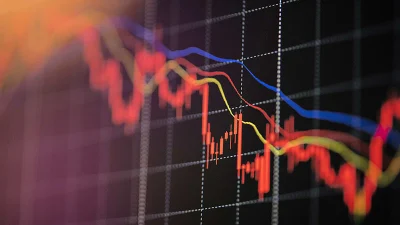ETFs break 6-month streak with FUM decline



The exchange-traded funds (ETF) industry experienced a $1.7 billion market cap decline in April, even with positive inflows driven by international equities products.
Betashares’ monthly report revealed a 0.9 per cent dip in ETF assets over the month, causing overall funds under management (FUM) to drop from $196.7 billion last month to $195 billion.
“Positive ETF inflows were not enough to offset global share market declines, causing Australian ETF industry assets to dip during April,” the report wrote.
This was the first time the industry had seen a decline in FUM since October 2023.
Despite the declines, ETF net flows were positive – albeit muted – in April at $1.2 billion. International equities products accounted for half of these net flows at $544 million, which continues the ongoing trend for the asset class which began at the end of 2023.
This was down from $834 million in March and over $1 billion in flows in February when two funds alone each received over $150 million in flows.
During April, Australian equities followed at $318 million in net flows, while fixed income brought in $237 million, multi-asset saw $62 million and commodities at $51 million.
The Australian ETF industry has grown by 33.5 per cent, or $49 billion, over the last 12 months, according to Betashares.
April also marked a busy month for new ETFs, with 11 funds being launched to the market. This included two new moderately geared funds from Betashares and eight active ETF launches.
Looking at the top performing products, the Global X Ultra Short Nasdaq 100 Hedge Fund came in first at 11.7 per cent. This was followed by the Betashares Geared Short U.S. Treasury Bond Fund-Currency Hedged (Hedge Fund) at 11.5 per cent.
Meanwhile, both the Global X Copper Miners ETF and the Betashares US Equities Strong Bear Currency Hedged (Hedge Fund) performed 10.5 per cent.
Last month, it was highlighted that advised money continues to be the largest source of net flows into the ETF industry for 2024, underlining significant adviser demand for these solutions.
According to a Betashares estimate analysing the sources of net ETF flows for 2024, advised funds made up 60.9 per cent during the year (as at 12 April).
This is followed by 26.7 per cent for retail flows and 12.4 per cent for institutional flows.
“We continue to see strong demand from all types of investors, with advised money remaining the largest source of net new money into the ETF industry in 2024,” Betashares stated.
Recommended for you
Clime Investment Management has welcomed an independent director to its board, which follows a series of recent appointments at the company.
Ethical investment manager Australian Ethical has cited the ongoing challenging market environment for its modest decrease in assets over the latest quarter.
Commentators have said Australian fund managers are less knowledgeable compared with overseas peers when it comes to expanding their range with ETFs and underestimating the competition from passive strategies.
VanEck is to list two ETFs on the ASX next week, one investing in residential mortgage-backed securities and the other in Indian companies.















